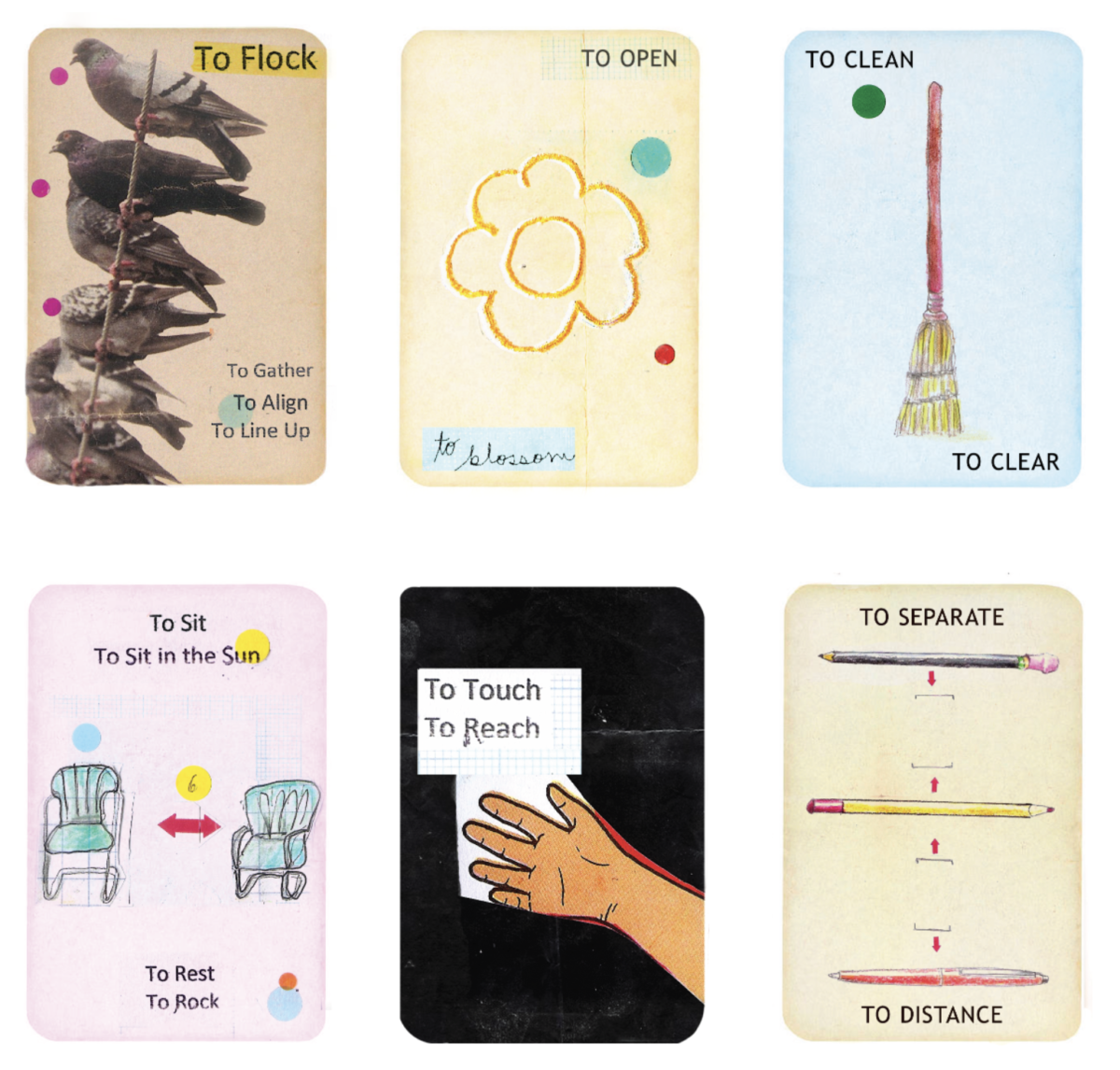
Last year, the Black Mountain Institute’s Believer Festival commissioned the choreographer Annie-B Parson to conceive and create the festival’s opening night at a desert amphitheater in Red Rock Canyon in Southern Nevada. (You can get some sense of the space from the photograph that ran in this piece.) Parson’s colleague Elizabeth DeMent from Big Dance Theater Company paid a visit to Red Rock; they developed a score that would feature fifty dancers from Southern Nevada—bodies in collective space, plus French horns. Following the festival’s theme of here + after, they made a single, site-specific work to engender a radical presence, an awareness of that landscape’s vistas, light and sounds.
Then the world changed, and everything canceled, and suddenly we’re at home, and we are not bodies in collective space, not at all. We’re bodies in galley kitchens eating pickles and bodies working from our bedrooms where we have two bedspreads—one for sleep and one to turn the room into an “office” during the day—and we’re bodies sitting in front of our phones for Zoom conference calls where suddenly we’re supposed to feel other people like they are three dimensional but we can’t, because they are two.
So the festival curators went back to Parson with another question: How can people connect when isolated? And she conceived another idea—to make a dance score for us all to do alone, in our homes.
Parson created American Utopia with David Byrne, which has since been called “the best live show of all time”—an absurd hyperbole, but one we nevertheless endorse. She is the founding artistic director of Big Dance Theater, and has made work with Spike Lee, St. Vincent, Anne Carson, Salt-N-Peppa, and Jonathan Demme, among many others. She is the author of Drawing the Surface of Dance: A Biography in Charts.
—Joshua Wolf Shenk
These are weird times to be sure. We don’t know what’s coming next or how to spend our days; we no longer know how to greet each other or even pass each other on the street. Our breath, our saliva, our sweat, our proximities, are suddenly very much in focus. Issues of the body in space are being discussed, parsed and governed. The power of the body is suddenly very present.
Presence itself is in question.
Dance scores have been used since the 1960s and they serve as an open-ended prompt.
This score is for everyone, not just dance-makers! Throw out the word “amateur,” or re-claim it as a source of pride. Consider your power—and the virtuosity of intention.
Here, in the score below, the focus is on verbs. Verbs are the dancers of syntax.

Here’s what to do:
- Make up a simple movement for each card. (Keep it simple!)
- Make each verb-movement about 5 seconds long. Let the verbs guide you on how to move. And accept your solutions and move on!
- Practice each action.
- Connect all six of them so they don’t stop.
- Practice dancing one movement into the next.
- Choose a position for your camera to record your dance.
- Choose a source of light.
- Intentionality is all.
- Videotape yourself performing this 30-second dance.
IMPORTANT: There are no pretend objects or real objects in this dance. Don’t pretend to hold an object! Find other ways to express the verbs rather than pantomime!
You may do this dance for yourself, alone, but if you’d like to share it, please do. Make a video of yourself dancing, and submit it here, or post it on Twitter or Instagram with the hashtag #sixverbsdance and tag @blackmtninst.
NOTE 1: This game is for everyone. These cards are essentially prompts for generating movement. Think of the verbs associatively and simply. Let the pictures deepen your way of thinking about the verbs. All of your movement responses, if intentional, are both correct and beautiful. And consider the cards a kind of poetics themselves.
NOTE 2: Dance is an especially organic, mutable and dynamic form. While we are inside and essentially alone for this extended period of time, our dances along with our physical limitations will change and evolve. Our dances may become more intimate, stranger and smaller in scale. Maybe more people will become people who dance and make dance; maybe who is a dancer will change. Consider this 30-second dance, when created and shared, a part of the evolution of the form itself.




